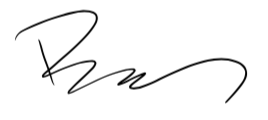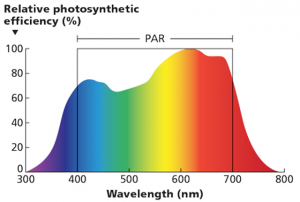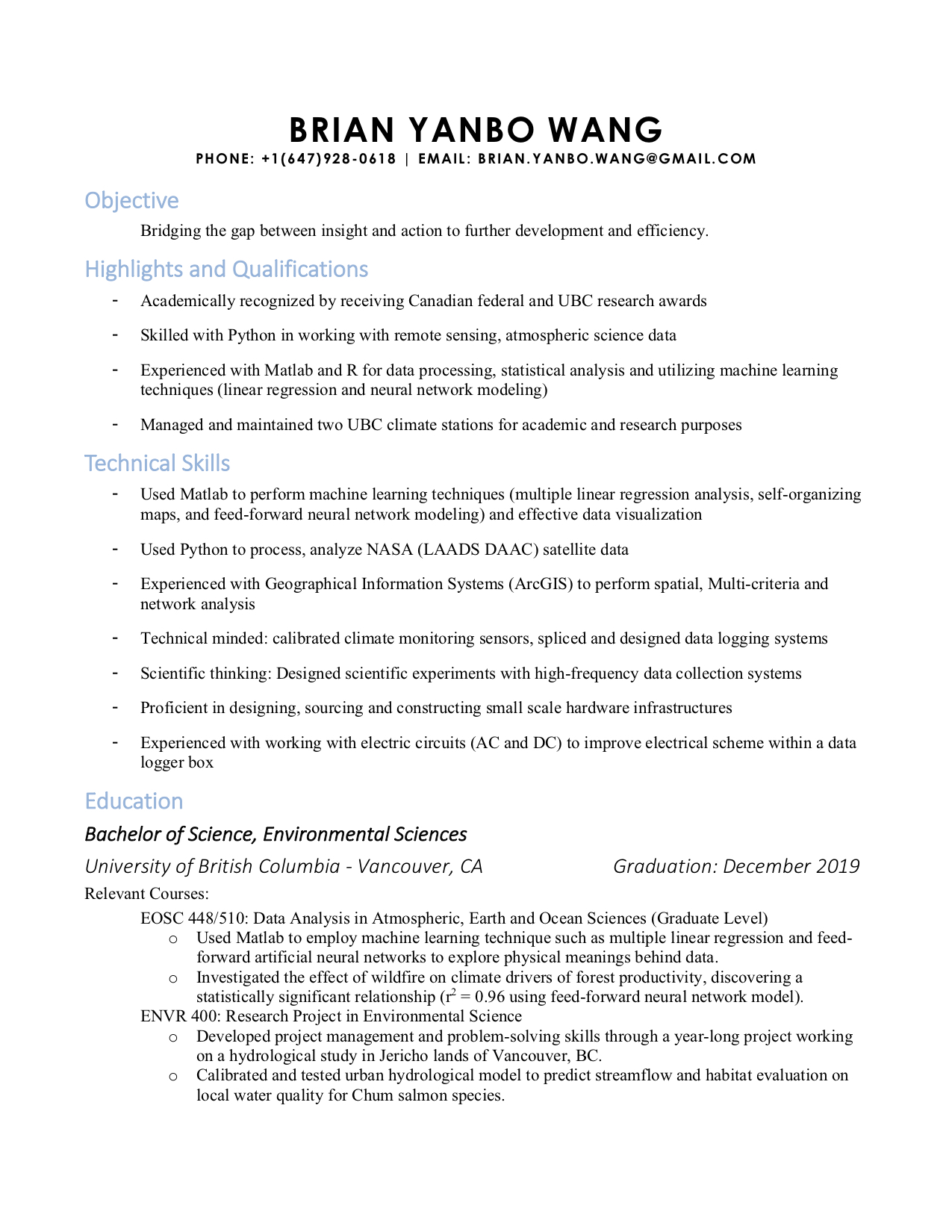To: Andree Coschizza, ENGL301 Student
From: Brian Wang , ENGL 301 student
, ENGL 301 student
Date: December 8, 2019
Subject: Formal report draft peer-review of “Suggestions for an Improved Recycling/Waste Reduction Program at UBC’s University Village Food Court”
Dear Andree,
I have read your final report draft and am really impressed by the research you have conducted. I have included below my initial thought as well as specific comment related to each section of your proposal.
Overall Impression: Overall a very strong and extensive report on the current recycling situation in UVFC, the primary data is effectively presented in the form of a pie chart or a bar graph. Interpretation of findings is sound and easy to understand. Solution proposed is logical and need to be implemented in this time of change. Great execution! Several minor grammar and formatting corrections can be made, but overall a very strong proposal.
Below are specific comments for each section:
Title Page: Simple clean layout with title and reader information presented. It would be nice to include your name, student number and course code
Table of Contents: easy to understand layout with main headings, subheadings and page numbers correctly labelled
Introduction – background:
- great range of background information to provide context as to why UVFC needs to implement recycling program.
- Consider adding “the University of British Columbia (UBC)” to the first sentence to start the abbreviation and are there citations available for UBC unveiling the Zero Waste Food Ware Strategy?
- A very convincing purpose paragraph to show the need and the outline for the rest of the report, great job.
Introduction – scope of report: clear scope with interesting the wide ranging guiding questions for the report.
Introduction – method of inquiry: method of investigation for the report is clear and properly chosen.
Introduction – description of findings and conclusion: interesting placement of this paragraph/section. It stays with the flow of the report but wouldn’t this information be conveyed in the abstract?
Collected data – recycling UVFA waste:
- problem clearly presented with a picture evidence.
- Pie chart demonstrated the demographic and frequency of on-site consumption extremely effectively.
- Please fix the display as the x-axis variables are only partially displayed on the bar graph.
- Interpretations are detailed and explaining why 4-bin system is not needed is well described.
- Very interesting to read that the rest of the university village already have recycling program in place but the food court is not utilizing this infrastructure.
Collected data – reducing UVFA waste:
- Clear statement of problem but it would be nice to provide an in text definition of “degradation rate”.
- The investigation into alternative containers is great by presenting how other organizations approach to same problem.
- Great proposal for extra cost on the customer end to offset the higher cost of compostable container.
- Interpretation of findings is clear and easy to understand. Solution proposed is interesting and should be looked into.
Conclusion: conclusion of findings and summary of proposed solution is clear and easy to read. Great usage of list to break down and explain the two-part recommendation.
Citation and Appendix: year of publication might be necessary for the MLA/APA format citation.
Below are comments on the overall document
Content: Your report has a clearly stated problem and recommended a solution that is attainable. I find the the introduction and the body paragraphs extremely informative and laid out the problem precisely. However, I think the second recommendation in the conclusion could be elaborated upon. It will be hard to foresee the specifics but maybe a ball-park number of the loan required would give the reader a sense of the scale.
Organization: The report is well-organized with the essential components of a technical report. The flow of the report, presentation of finding leading to conclusion is smooth and well executed. However, indentation in the first sentence of a paragraph stopped and reoccur inconsistently after Collected data – recycling UVFA waste – interpretation of findings. I would recommend sticking to indenting first sentence of first paragraph in the section (as shown in the textbook) or indent all first sentences of all paragraphs. No gaps in information and the organization is clear and effective.
Style, Grammar, and Tone: Language is clear, concise, and easy to understand. Professional tone and minimal grammar mistakes spotted, please see below for specific corrections:
Intro, Paragraph 1: the University of British Columbia (UBC)
Intro, Paragraph 2: Word choice using effect instead of affect in “(which comes into affect in 2020).”
Intro, Paragraph 3: delete “then” in “The purpose of this report is to then make suggestions…”
Intro, brief descriptions: “acknowledges” instead “concludes by acknowledging”. “are” instead of “Included in the report are recommendations…”
Design: The graphics are well-designed and correctly labeled. As mentioned before, the choice of representation of data is appropriate and efficient.
Comments and Recommendations: I recommend including a mixture of method to present your figures. Mixing in text reference (ex. “For example as seen in figure 5”) with the current bracket citation but omit “see” (Figure 5) instead of (see fig. 5).
I enjoyed reading your proposal and can see the large amount of work you have put into this report. With some editing this will be a very helpful report for the UDL Community Advisory Council. I hope you find my feedback helpful and if you have any questions please let me know by email (brian.wang@alumni.ubc.ca).
Here is the commented word document: 301-Andree-Coschizza-Formal-Report-Draft-PeerReviewed
Link to Andree’s proposal: https://blogs.ubc.ca/engl301-99a-2019wa/2019/12/05/formal-report-draft-3/




